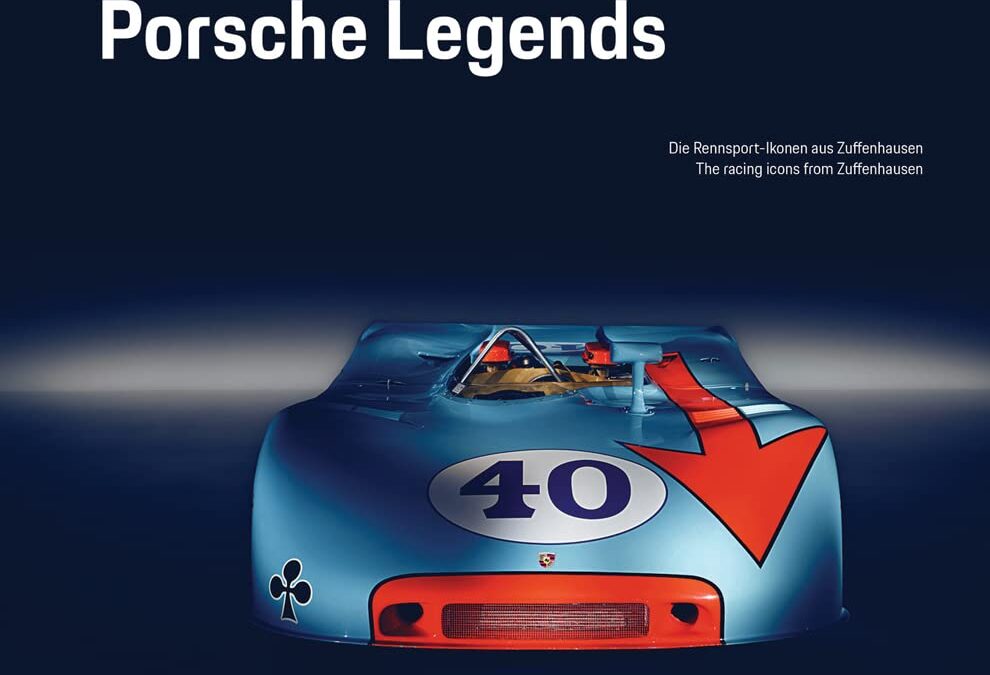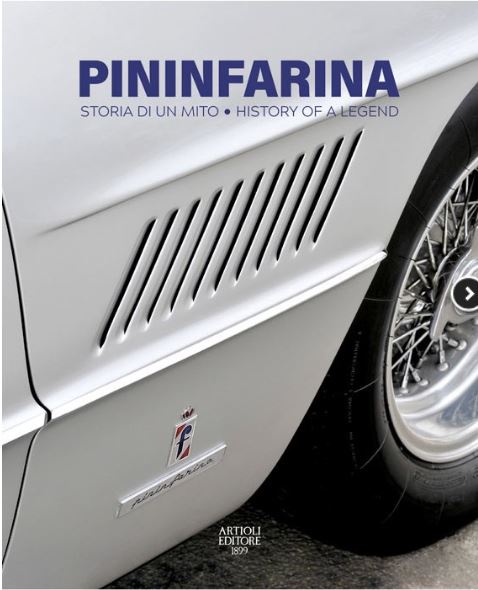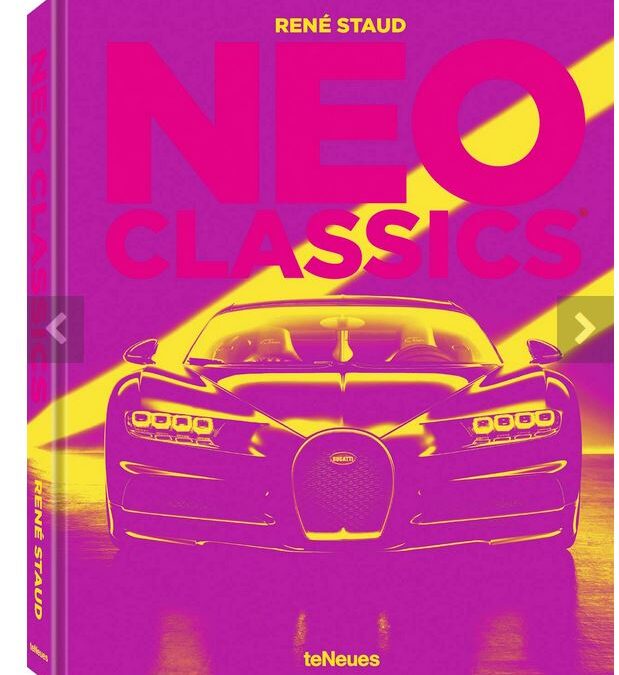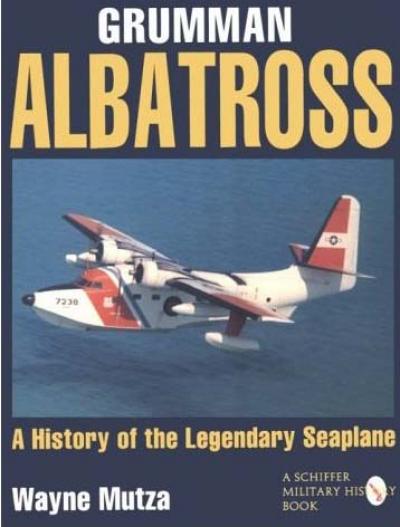
The Albatross was the premier fixed-wing rescue aircraft for the U.S. Air Force and Coast Guard. Its very colorful history begins in 1946 and spans nearly a quarter of a century, including service with twenty-two foreign nations. With a total of 466 built by Grumman, more than eighty examples still thrive on the civil register. The Albatross also saw extensive service in the Korean and Vietnam wars. The fascinating history of this unique aircraft is complemented by over 200 photographs including many in color showing the great variations in color schemes and markings.
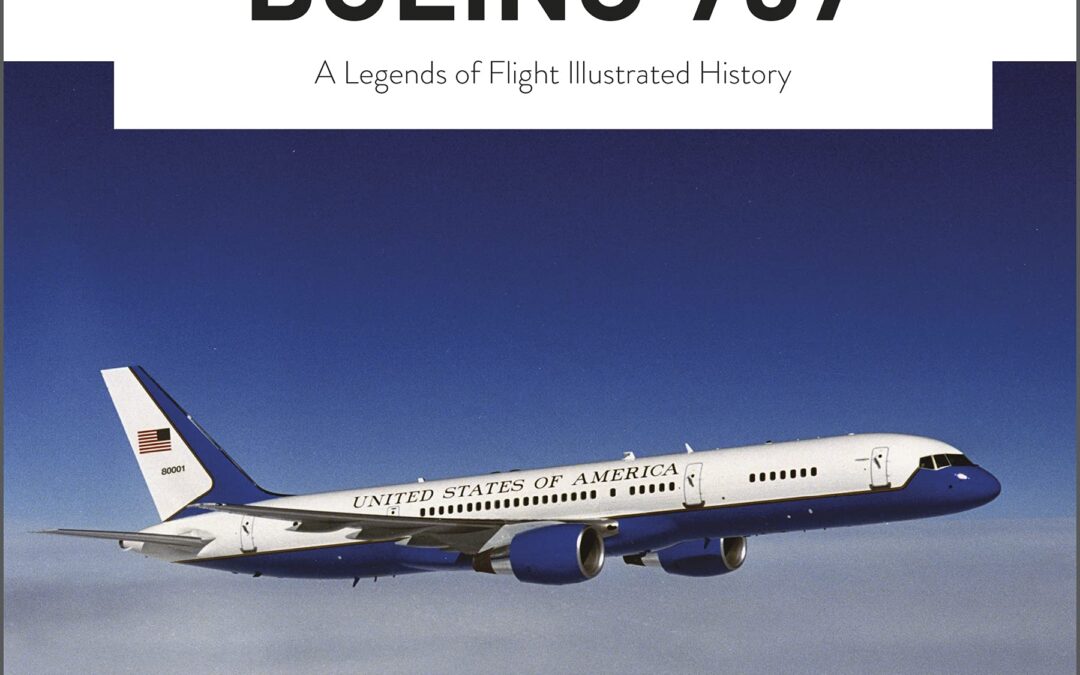
First flown in 1982, the Boeing 757 was an impressive accomplishment. The aircraft was fast, quiet, and fuel efficient while still exhibiting stellar takeoff, climb, and landing performance. Hear firsthand accounts from the leaders of the 757 program who skillfully established an extraordinary culture within their organization. This team, empowered by the program’s expert guidance, overcame the challenges of producing a new aircraft type in an environment that was fast paced and unforgiving. It was originally designed as a domestic aircraft, and the 757’s performance, along with the advent of twin-engine overwater authorizations, led it to become one of the primary aircraft conducting long-range overwater operations. To place the reader in the pilot’s seat, a technical chapter is also included, describing the airplane’s systems and actual handling of the airplane. Learn about this special aircraft and the people who designed, built, marketed, and flew it.
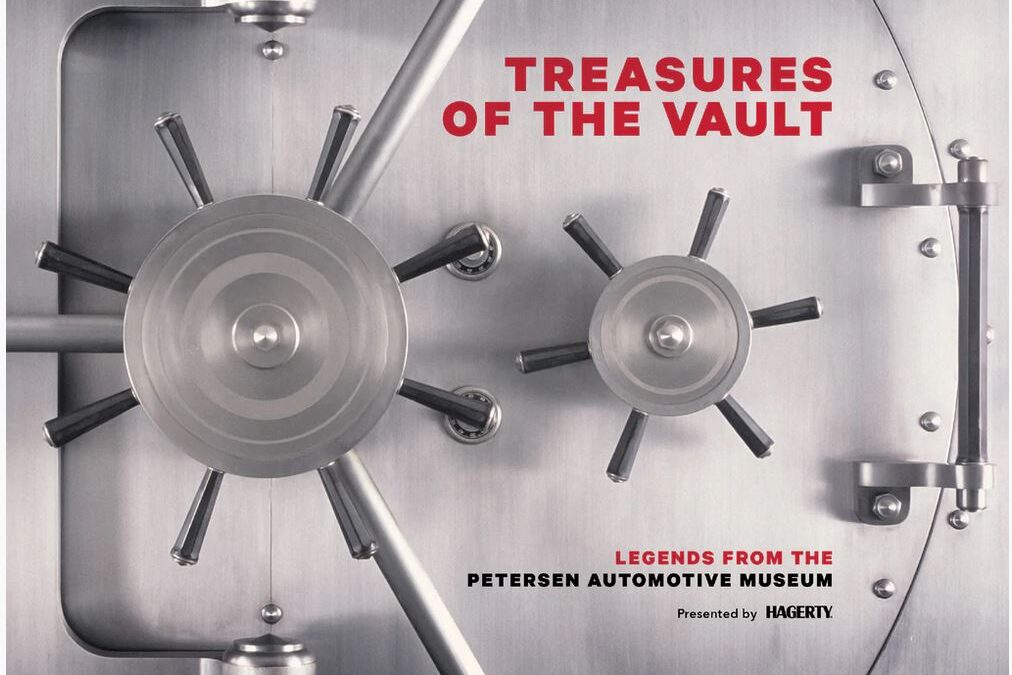
Ever wonder what has been hiding in plain sight in the vaults of one of the world’s most celebrated automotive museums? The Petersen Automotive Museum’s newly published book entitled, “Treasures of the Vault Legends from the Petersen Automotive Museum presented by Hagerty” will reveal everything! With detailed descriptions of more than 50 important cars and enough quality images to satisfy even the most detail-oriented connoisseurs, it is both a treasure trove of information and a visual delight. Its painstakingly compiled research by Petersen Automotive Museum curators and historians and professional photography by Ted7 guarantee that it will serve as an important permanent reference work for automobile aficionados regardless of their automobile-related passions and areas of special interest.
- Softcover.
- 11 x 8.5 inches.
- Full color.
- 152 pages.
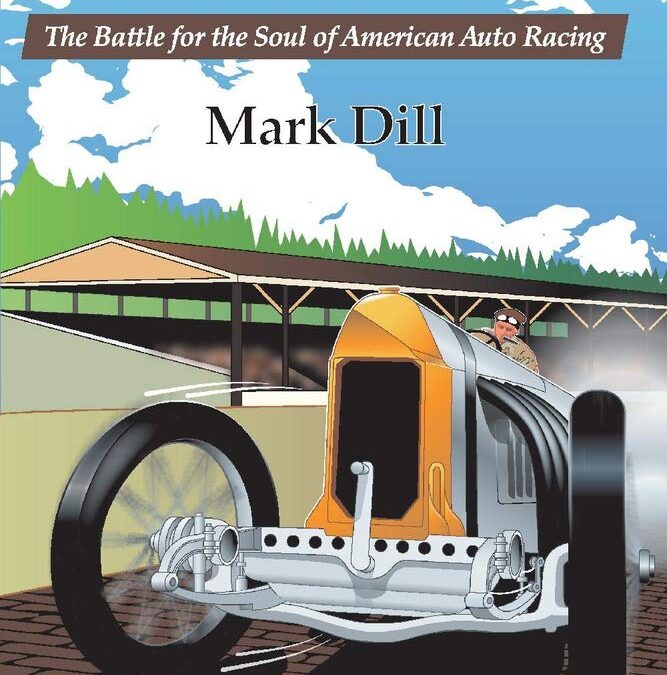
Barney Oldfield riveted his eyes into one of the 3.2 million bricks that paved America’s First Super Speedway. He sought to blot out the din of a packed grandstand and the dangerous gusts that could sweep his car into the unforgiving concrete wall. A record run could restore his reputation as America’s Speed King or cost him his life. A record run could deliver the telling blow in the raging culture war for the soul of American auto racing. Oldfield has the fastest car in the world, and now he must prove himself as America’s champion and ensure the success of his friend Carl Fisher’s titanic battle to raise the modern Indianapolis Motor Speedway up from a fallow cornfield. It’s May 1910 and you have a front-row seat.
The Legend of the First Super Speedway thrusts you into the early 20th century with vivid interpretations of auto racing and what it would be like to walk among the people and grasp their world view. You will meet the rugged characters of the era as they get “corned” on whiskey, chew “chaw,” and bounce violently as they scorch the bricks of America’s first speedway. You will ride with them on trains, bound across the craggy terrain of road races, and step over dead horses rotting in the street. The world convulsed with technological change, and the winners mastered it.
Everything unfolds through the eyes of protagonists Barney Oldfield and Carl Fisher as they grapple with a cultural battle for the soul of American auto racing. Most importantly, early auto racing’s good, bad, and ugly are put before you in an unvarnished fashion. Why? Because it really happened. No storyteller needs to dramatize a single detail because the amazing events actually took place and the awe-inspiring people behind them walked the Earth just as you do now.
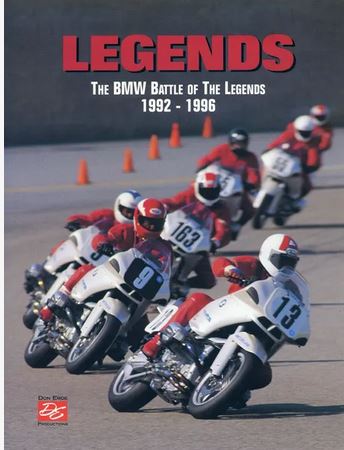
For those not familiar, Executive Director Jeff Smith and others at AHRMA started in 1992 a series of races at Daytona and other tracks where selected riders from the 1960s and ‘70s, including the author, would race again on identical BMW sportbikes. Large crowds turned out at AHRMA vintage events at Daytona, Loudon, Sears Point and Mid-Ohio for five years to watch their heroes of the past racing again.
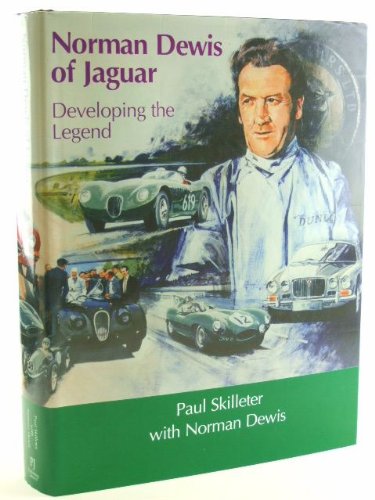
SIGNED BY NORMAN DEWIS
This is a story both of personal achievement and of a heroic period in Jaguar’s history. In a career spanning 33 years at Jaguar, Norman Dewis tested and developed a remarkable series of cars including:■ C-type ■ D-type ■ XK 140/150 ■ 2.4/3.4 and Mk 2 saloons ■ Mk VII/Mk VIIM ■ E-type ■ XJ13 ■ XJ/XJ-S ■ XJ40
Plus, he rode with Stirling Moss in a C-type in the 1952 Mille Miglia, drove a 190mph works D-type in the highly dramatic 1955 Le Mans, raced in the Goodwood 9 Hours, and set an amazing 173mph production car record at Jabbeke in Belgium with an XK 120. Completing over a million test miles at 100mph-plus average, Norman also played a crucial role developing the revolutionary Dunlop disc brake, and survived high-speed crashes and rollovers in the days before seat-belts – and without ever breaking a single bone.
This book is automatically also a development history of Jaguar, with a wealth of new technical details of how key models were evolved.Filled with personal insights and fascinating technical detail, this book tells the unique story of a great Jaguar character and the equally great cars he worked with.
Norman did not, of course, work in isolation and his recollections bring to life the unique team which made Jaguar great – company founder Sir William Lyons, engineering director Bill Heynes, development engineer Bob Knight, aerodynamicist Malcolm Sayer, and service department and race team manager Lofty England. These and many more become real people as Norman tells of his every-day involvement with them.
Norman’s proudest moment in the last decade was receiving the MBE in 2015, a fitting recognition of his achievements for Jaguar and the British motor industry – for both of which he remains a great ambassador
If anyone was at the heart of Jaguar during perhaps its most remarkable decades of achievement, it was Norman Dewis. Read this book and you will absorb the authentic flavour of Jaguar in Coventry and fully appreciate the achievements of a remarkable man.
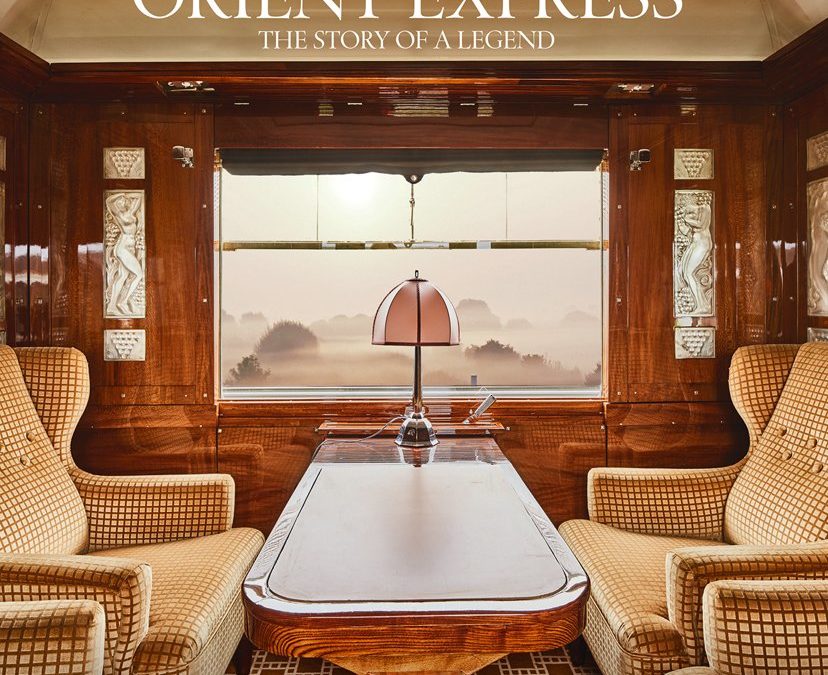
This beautifully illustrated book captures the history, the legends and the unique style of the most famous train on earth: The Orient Express
• With never-before-seen archival material
• With a preface by Sir Kenneth Branagh
“The Orient Express, in the collective imagination, embodies the golden age of travel. The fabrics, the silverware, the woodwork; their evocative fragrance… all contribute to this particular atmosphere, created by the best craftsmen of the time. The experience on board is absolutely unique…” – Sir Kenneth Branagh, from the foreword
The first train to connect Paris to Constantinople – the gateway to the Orient and epitome of all its associated desires and fantasies – the Orient Express was an immediate success. Quickly nicknamed ‘the king of trains, the train of kings’, it had already become a legend in its own time. This unique train and its celebrated passengers (both real and fictional) have become one of the great cultural icons of our times and have helped to create a limitless source of stories and fantasies to feed our imaginations. It’s a story told here through fabulous new photographs of the restoration workshops where the historic train carriages are being brought back to life, through archive photos of famous and exotic destinations, and portraits of the most famous passengers who were lucky enough to climb aboard.

The Pacific Northwest teems with colorful history and unique legends—and this tour of the Beaver State is no exception! Check out the gas station restroom that looks like cowboy boots as you search the skies for a man flying across the state in a lawn chair tethered to helium balloons. And how about visiting that “city” in eastern Oregon with a year-round population of zero to two, depending on whether anyone gets trapped in the snow? Can it get any weirder than this!
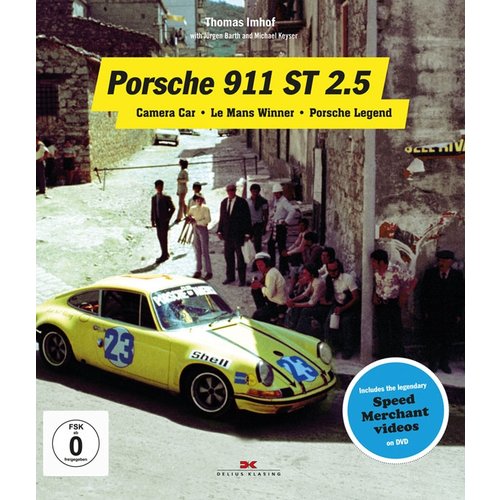
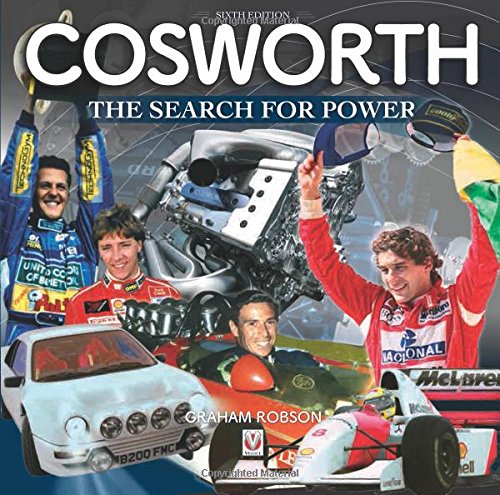
Not only has Cosworth designed and supplied many race car engines, which won F1, CART, and many other Championship races, but it has also produced many celebrated high-performance road-car engines. In more recent times, its growing expertise in developing electronic data capture components, and in providing ultra-high-tech engine manufacturing facilities, has made it a world leader. The expansion continues, and in this book the Cosworth story has been brought up-to-the-minute to celebrate the 50th anniversary of the birth of the legendary DFV F1 engine.
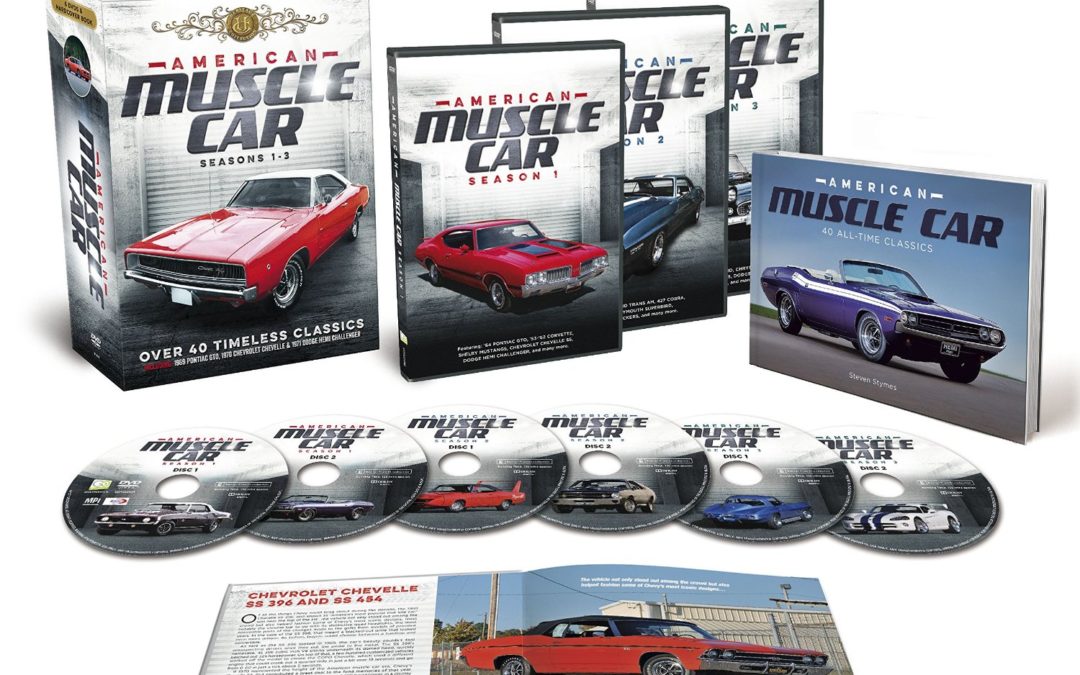
Get ready for a full throttle history of American muscle cars with this premium box set comprising 15 hours of
hi-octane action on 6 DVDs PLUS a stunning hardcover book showcasing the most iconic muscle cars ever made.
1964 PONTIAC GTO, BOSS 302 & 429 MUSTANG, CHEVROLET CAMARO, DODGE VIPER, CORVETTE STINGRAY, 427 COBRA – the legendary names keep on rolling as we experience the raw power and brute force of these jaw-dropping road-rockets that stopped the traffic, turned heads, and kicked dirt right in the face of their rivals!
OVER 40 CLASSIC MUSCLE CARS!

The Mitsubishi Zero is one of the great legendary fighter aircraft ever to have graced the skies. Symbolic of the might of Imperial Japan, she represented a peak of developmental prowess in the field of aviation during the early years of the Second World War. Engineered with maneuverability in mind, this lightweight, stripped-back aircraft had a performance that left her opponents totally outclassed. The dogfights she engaged in with the Chinese, British, Dutch and American warplanes in the 1941-42 period are the stuff of aviation legend. The Zero fighter had four major assets – agility, long-range, experienced and war-blooded pilots and, most importantly of all, a total inability of the Allies, particularly in the Pacific Theater of operations, to believe that Japan could produce such a machine. Despite a whole series of eyewitness reports from China, where she had swept the skies clean of all opposition, western minds were closed, and remained so until the brutal facts imposed themselves on their biased mindsets. All aircraft designs are a compromise of course, and the Zero had faults as well as strengths, two of which were to finally doom her; one was her lack of armor protection and the other was the inability of the Japanese to match the overwhelming production strength and innovation of Allied aircraft construction. Even so, she remained a potent threat until the end of the war, not least in her final role, that of a Kamikaze aircraft, in which she created as much havoc on the sea as she had done earlier in the air.
Peter C. Smith takes the reader on a journey from inspired inception to the blazing termination of this unique aircraft, the first Naval fighter to be superior to land-based aircraft. It describes in detail the many victories that punctuated the early days of its operational career as well as the desperate dying days of the Second World War which witnessed her final demise. Smith also lists the preserved Zero aircraft on display today. This is a fast-paced and fascinating history of a fighter aircraft like no other.
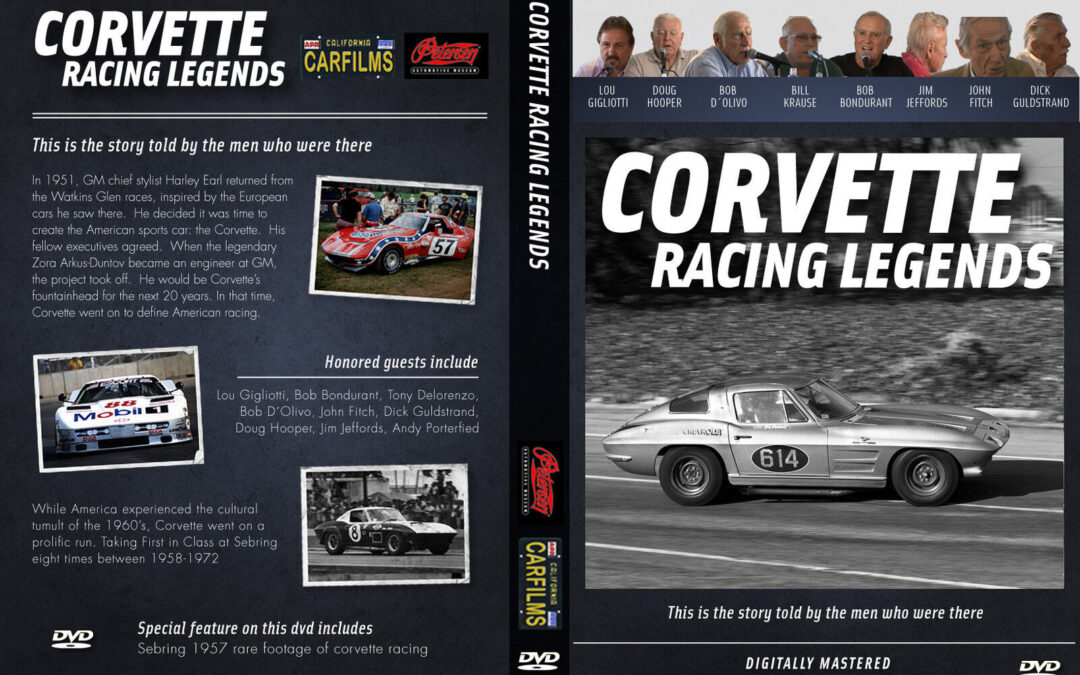
Hosted by Tim Considine at the Petersen museum
In 1951, GM chief stylist Harley Earl returned from the Watkins Glen races, inspired by the European cars he saw there. He decided it was time to create the American sports car: the Corvette. His fellow executives agreed. When the legendary Zora Arkus-Duntov became an engineer at GM, the project took off. He would be Corvette’s fountainhead for the next 20 years. In that time, Corvette went on to define American racing.
Just three years after the prototype was approved, driver John Fitch set a production-car record of 145 mph at Daytona Speed Week. That same month, Zora Arkus-Duntov set a record-breaking average of 150.583 mph at Daytona Beach. This was in 1956! But Earl and Duntov knew that a true American sports car required an ideal combination of world-blurring speed and unyielding stamina. Starting with a First in Class finish at the 1956 Grand Prix of Endurance in Sebring and an SCCA National Title at the Seattle Seafair, Corvette entered racing lore.
While America experienced the cultural tumult of the 1960’s, Corvette went on a prolific run. Taking First in Class at Sebring eight times between 1958-1972, they also won the same honors in ’62, ’66, ’68, ’70, and ’72 at the Prestigious Daytona Continental. Additionally, Corvette debuted at, and won, the 1962 Invitational Grand Prix in Riverside. The next year Corvette was the overall winner of the 1963 Watkins Glen International.
The Corvette engineered other impressive feats, such as reaching 183 mph on the GM Proving Grounds—in 1958! The 1963 Watkins Glen championship was won by a Grand Sport Corvette just one year after the model’s initial production. And in 1979, at Bonneville Speed Week, a 1968 Corvette set a GT record of 210.762 mph—making it the fastest carbureted car in the world.
Over the years, Corvettes have been piloted by a host of ace drivers. In 1959, Jim Jeffords and his “Purple People Eater MK III” shredded all comers and won the SCCA championship. And most notable of all has to be Roger Penske, who was the wheelman primarily responsible for the team’s ‘60s dynasty. But it was Briggs Cunningham who may have had the most important impact because, in 1960, he was the first driver to enter his Corvettes into the ultimate challenge of auto-racing: the 24 Hours of Le Mans.
Cunningham’s respectable 5th in the GT category and 8th overall laid the groundwork for Corvette’s future success– successes that include Dick Guldstrand’s then-record speed of 171.5 mph on the Mulsanne straight in 1967. Those triumphs continue to this day. Corvettes won the GT class at Le Mans in 2001, ’02, ’04, ’05 and ’06. Which brings Corvette’s story full-circle. Inspired by the powerful European marks as seen at an American race in the ‘50s, the team accepted the challenge of creating an American supercar to compete with those monsters, and a half-century later they have their golden child, which they win with—in the heart of Europe itself—on the world’s largest international stage.
Earl and Arkus-Dontov would be proud.
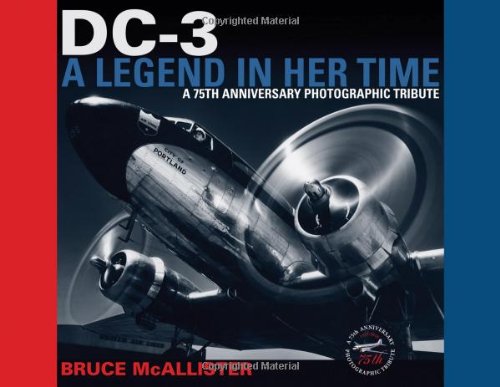
Documenting the legacy of this beloved aircraft, this comprehensive photographic history celebrates the 75th anniversary of the DC-3. First appearing during the golden age of aviation in the 1930s, the versatile Douglas DC-3 has been used in numerous situations from the Berlin Airlift to Vietnam and has outlasted every other commercial aircraft in the world. Offering insight into why the DC-3 has outlived its contemporaries, this homage also discusses what role this aircraft plays today, such as how updated turboprop versions are used in polar research missions, firefighting, and military operations.
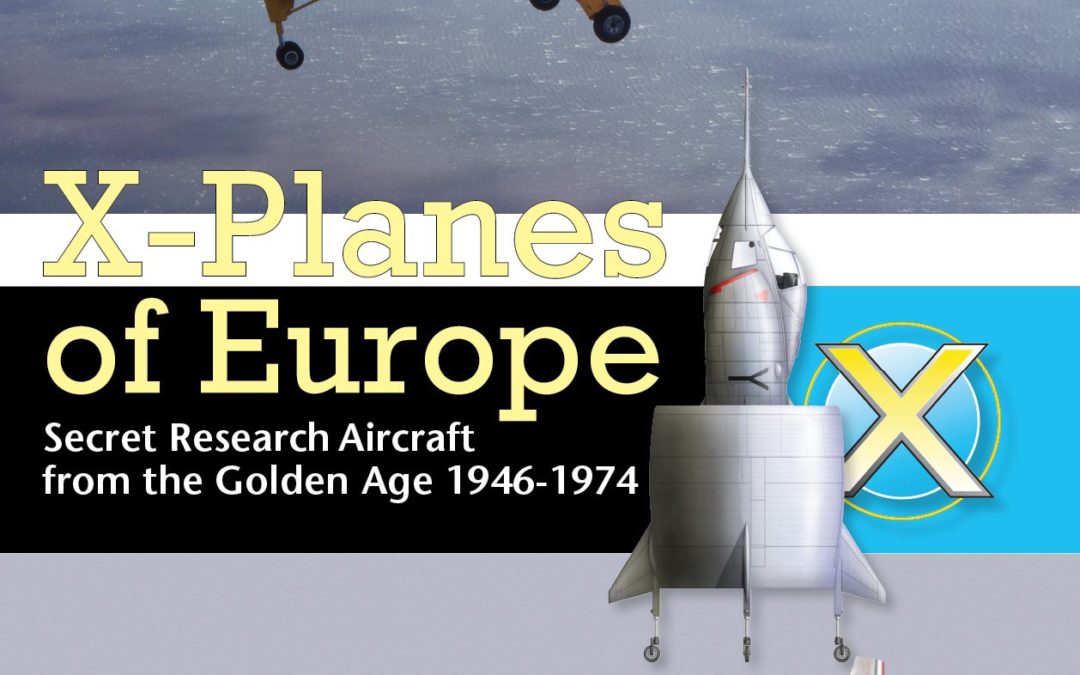
Exotic research aircraft designed, built, and flown in Europe in the two decades following World War II were the foreign equivalent of the legendary American X-Planes. Many of these advanced aircraft flown by test pilots such as Peter Twiss and Andre Turcat captured speed and altitude records previously held by their American counterparts.
Some of today’s most famous and successful aircraft were influenced by advanced technologies first tested and flown on European X-Planes. A significant number of aviation “firsts” occurred at secluded flight test facilities located in England, France, and Germany. The world’s first jet airliner (1948), first jet transport with rear-mounted engines (1956), first VTOL jet fighter (1964), and first supersonic airliner (1969) were all developed in Europe utilizing technological advances pioneered by these rare and highly advanced X-Planes. Unpublished photographs, detailed appendix, and stories of these historic aircraft combine to produce an in-depth look at these secret aircraft.



